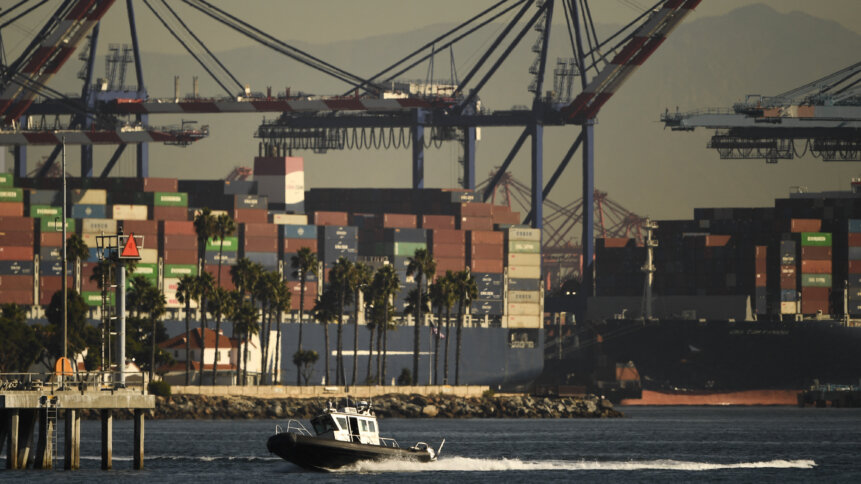Addressing the labor mismatch in US logistics and supply chains

- Growth in e-commerce has driven new demand for US logistics and supply chain labor
- The US is also facing a skills gap of epic proportions with increased competition for skilled talent
- The Manufacturing Institute and Deloitte survey found that manufacturers have trouble filling nearly half of open positions due to a mismatch in skills
The United States is quickly approaching a labor shortage in the logistics and supply chain sectors. Increased activity levels, mainly domestic, lead to greater demand for both logistics and supply chain services, more so than what the industry can provide with its current workforce.
The US is also facing a skills gap of epic proportions with increased competition for labor. Coined as the “Great Attrition”, the growing chasm affects the transportation and logistics sector and is projected to only get worse.
Growth in e-commerce has driven new demand for US logistics and supply chain labor
The supply chain is the lifeblood of business, but it has faced many hurdles. These include cybercrime, artificial intelligence and modern technologies that are evolving how businesses operate and interact with each other. Nevertheless, many experts predict that the demand for qualified labor will only mount higher in 2022.
According to McKinsey, the growth in e-commerce has driven new demand for supply chain labor that is likely to remain post-pandemic. The newly signed infrastructure legislation is also projected to increase labor demand further as industries within the construction value chain are likely to require an additional one million workers if the projected 30% of Infrastructure Investment and Jobs Act (IIJA) funds are spent by 2025.
Labor mismatch causing problems in US logistics and supply chains
The Manufacturing Institute and Deloitte survey between December 2020 and February 2021 found that manufacturers have trouble filling 46% of open positions due to a mismatch in skills — a 12 percentage-point increase from 2018.
However, according to the Bureau of Labour Statistics, supply chain labor is projected to grow steadily from 2022 to 2027. The BLS predicts that employment in this field will shoot up by 8%, or 400,000 new jobs.
Profound impact on US businesses
The labor mismatch has had a profound impact on US businesses. From the days of ‘Made in America’ to the current era of ‘America First,’ US companies have faced persistent labor shortages in multiple innovation-centered arenas. Over the past decade, an increasing number of companies have had to face workforce shortages that affect everything from filling customer orders to conducting business-critical research and development.
Increasing demand for workers is exceeding the available supply, and the cost of labor has increased accordingly. With that said, US employers consider transactional factors such as compensation or alternative job offers, but these are not the main reasons for neither attraction nor attrition. Employees value relationship elements more, such as the sense of belonging or the care and trust of teammates at work.
Companies can take steps to address the issues
The demand for production workers in manufacturing and transportation has been rising since early 2016, with no signs of abating. In logistics alone, the United States is estimated to face a shortage of about 250,000 drivers by 2022 — a problem exacerbated by increasingly stringent safety regulations that require more experienced and better-paid drivers.
However, companies can take steps to reduce their dependency on labor along the long-term supply chain through product reengineering, lean management transformation, and automation.
With the rise of performance-based marketing, companies can deploy digital performance management tools to manage labor flows and boost productivity. Digital control towers help manage labor flows by providing a clear view of what’s working, and what isn’t. These tools also provide a real-time look at sales figures, employee activity levels, and brand or product engagement. This information can be used to inform future decisions about hiring and training new employees.










